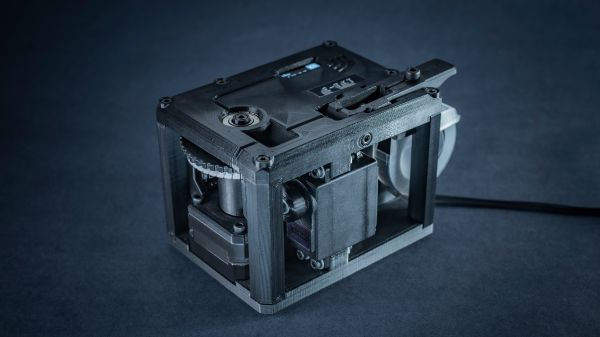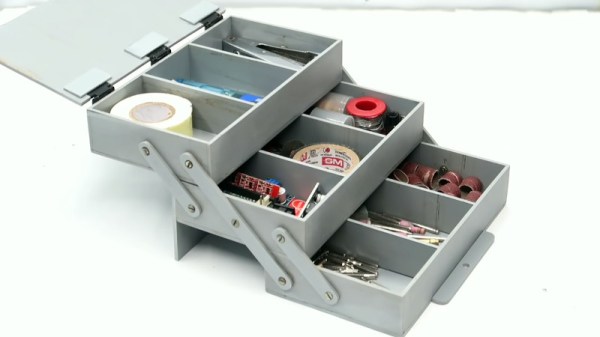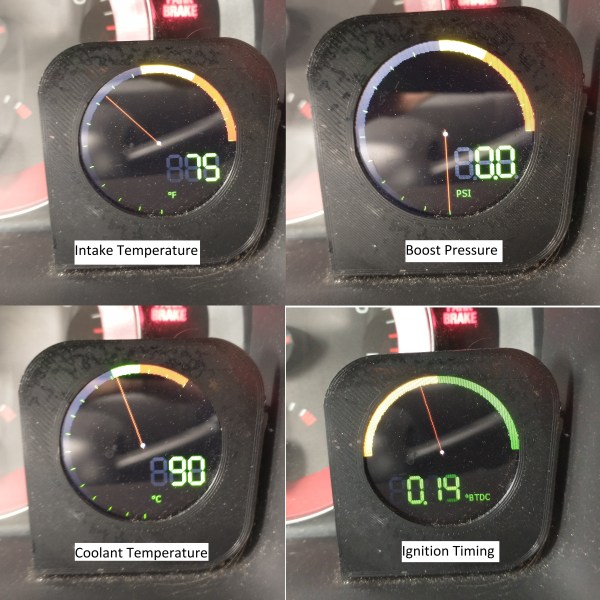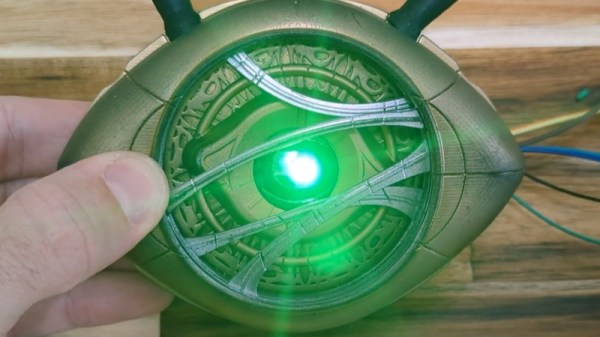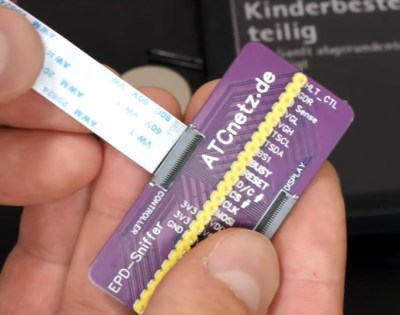For our money, the best label for pretty much any purpose is one of those embossed Dymo-style stick-on labels, the kind with the raised white letters. There’s just something about them — the raised letters just beg to be touched, their legibility is outstanding, they lend an unmatched retro feel to a project, and the experience of creating one with one of those manual kerchunkers is oddly satisfying.
But alas, those manual label makers aren’t what they used to be, as [Andrei Speridião] discovered when his fell apart in his hands. Rather than complain, he automated his label maker and turned it into a computer peripheral. Dubbed “E-TKT”, the DIY label printer takes the daisy-wheel embossing die from his defunct labeler and puts it under computer control. Rather than the ratchet mechanism of the original, a stepper motor advances the tape, another stepper rotates the wheel to the correct position, and a servo does the kerchunking duty. The process repeats until the label is complete and neatly cut off, ready to apply. An ESP32 runs the mechanism and serves up a web application to compose labels and control the printer. There’s also an OLED display and, of course, an embossed label. Video demo below.
We don’t care what [Bart Simpson] thinks, embossed labels are cool, and this makes them even cooler. And as [Andrei] points out, this is also a neat way around the nasty DRM trick that some companies are foisting on the label-making public. That alone is reason to cheer this project on — but we won’t complain about the beautiful photography and excellent documentation, either.
Continue reading “DIY Automated Printer Kerchunks Out Classic Embossed Labels”

